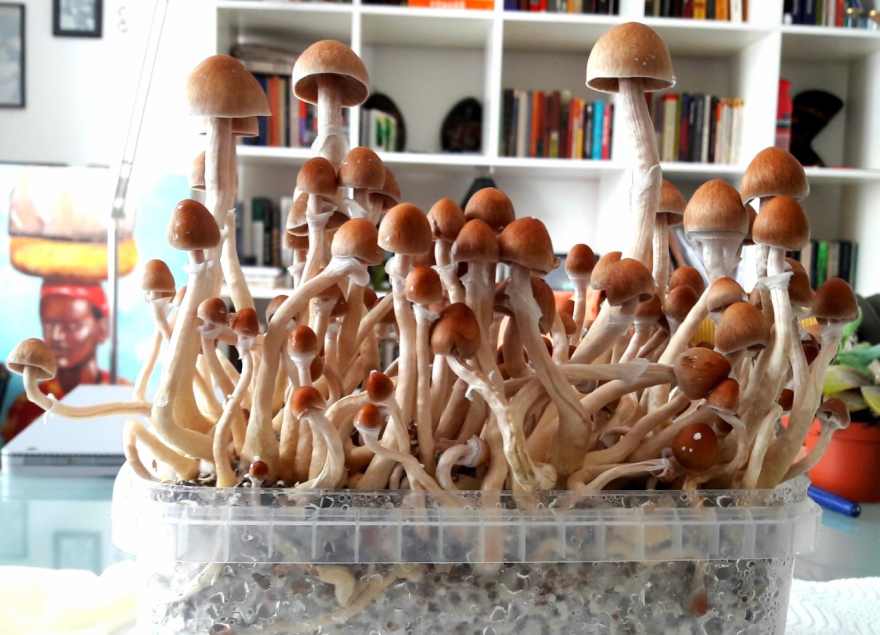Introduction
Magic mushrooms, or psilocybin mushrooms, have a long, rich history that intersects with human spirituality, healing practices, and cultural evolution. This fascinating journey takes us through ancient societies to the psychedelic era of the 1960s and into today’s scientific exploration.
Ancient Beginnings: Sacred Fungi
The use of magic mushrooms dates back thousands of years. Ancient rock art, dating back to 5,000 B.C. in Northern Algeria, suggests using psilocybin mushrooms in spiritual practices. Similarly, Central American cultures, like the Maya and Aztec civilizations, regarded these mushrooms as divine and used them for religious rituals and healing ceremonies.
The Spanish conquest of the Americas brought a harsh view of these practices, branding them as sinful. Consequently, the ceremonial use of magic mushrooms was driven underground, persisting discreetly in some indigenous communities in Central America Shrooms Delivery Canada.
Rediscovery in the Modern Age
The modern chapter of magic mushroom history begins with R. Gordon Wasson, a vice president of J.P. Morgan and amateur mycologist. During a trip to Mexico in the 1950s, Wasson participated in a traditional healing ceremony involving magic mushrooms led by Maria Sabina, a Mazatec shaman. Fascinated by the experience, Wasson wrote about it in a widely read Life Magazine article in 1957, sparking interest in the Western world.
Following Wasson’s discovery, Swiss chemist Albert Hofmann, the father of LSD, isolated the active compound, psilocybin, from the mushroom samples Wasson had brought back. He synthesized the compound, marking the beginning of scientific research into the properties of psilocybin.
The Psychedelic Era and Cultural Shift
The 1960s and 70s were a significant era for magic mushrooms. They became symbolic of the counterculture and psychedelic movement, popularized by figures like Timothy Leary and Terence McKenna. However, concerns about the recreational use and potential abuse of psychedelic substances led to stringent laws. In 1970, psilocybin was classified as a Schedule I drug under the Controlled Substances Act in the United States, significantly hampering research into its potential benefits.
A Renaissance in Research
Today, we’re witnessing a renaissance in psilocybin research, fueled by a reassessment of the potential therapeutic benefits of psychedelics. Clinical trials have begun to reveal the promise of psilocybin in treating various conditions, including depression, anxiety, PTSD, and addiction.
Furthermore, attitudes towards magic mushrooms are shifting. Some jurisdictions like Denver, Colorado, Oakland and Santa Cruz in California have moved towards decriminalization. As we learn more about these potent fungi and their place in our history, their role in our future becomes an increasingly exciting prospect.
Conclusion
The history of magic mushrooms is a fascinating tale of ancient wisdom, cultural shifts, and evolving scientific understanding. From ancient rock art to modern laboratories, these extraordinary fungi have been a constant, albeit often overlooked, companion to humanity. As we journey further into the potential of psilocybin, we continue to unveil the rich tapestry of our relationship with these mystical mushrooms. Their past, present, and future offer a unique insight into human consciousness and our never-ending quest for understanding, healing, and transcendence.





